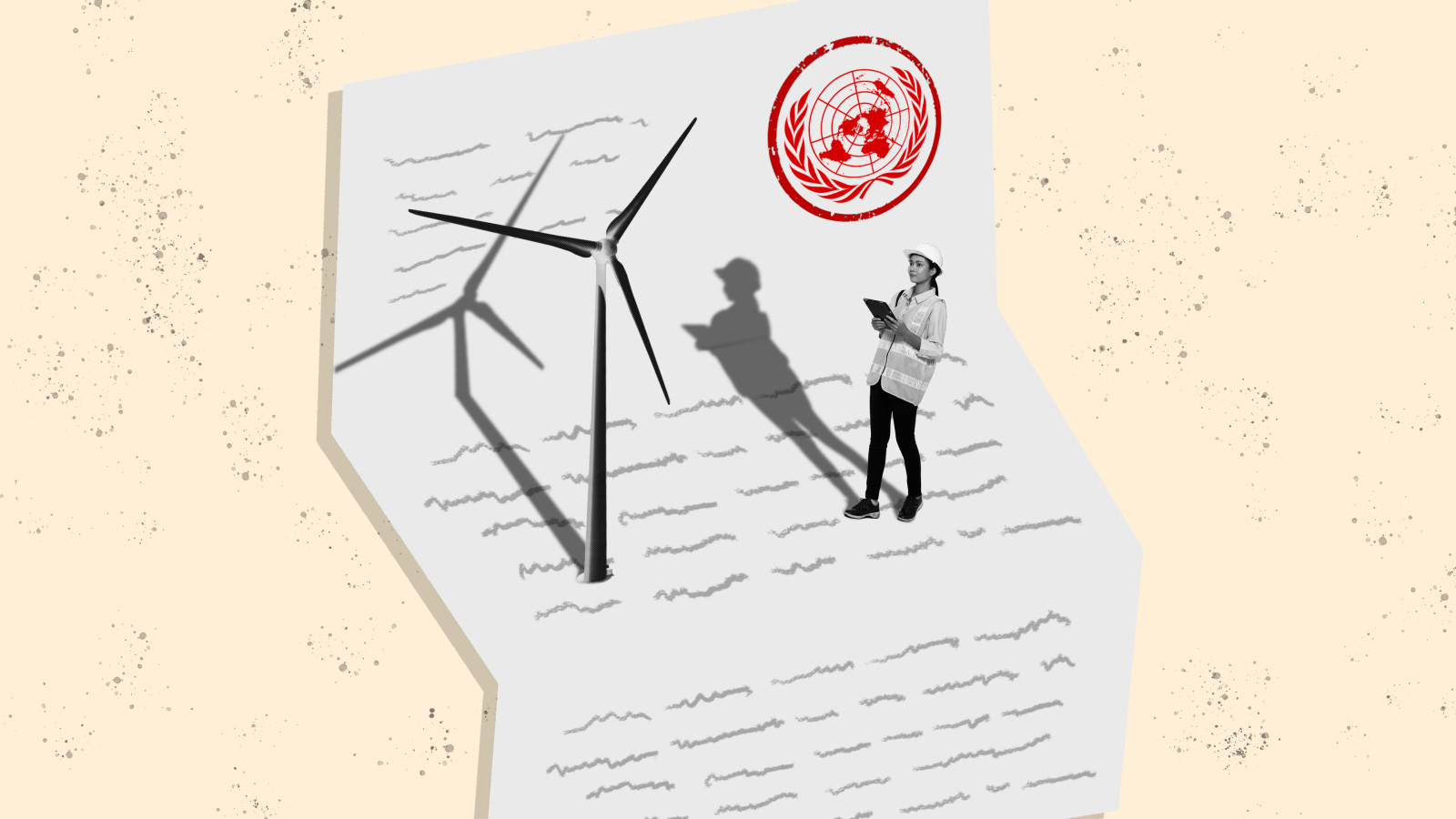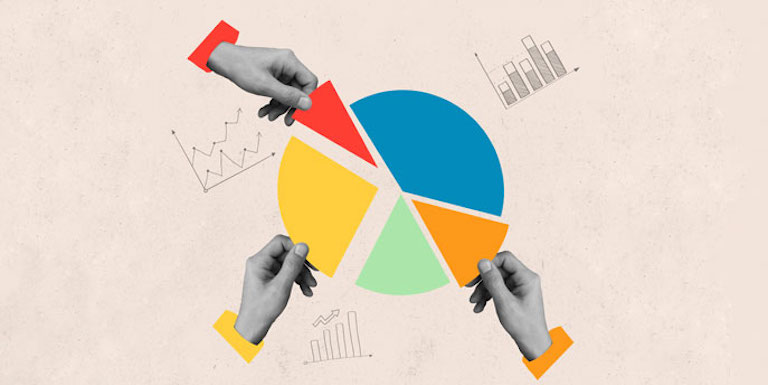How to use Sustainable Development Goals to communicate your ESG strategy
Published Oct 19, 2022 – By Lulu Trask

Sustainability reporting is on the world's agenda. For large companies in particular, messaging around corporate sustainability has never been more important and is playing a much bigger role in stakeholder communications. Even when it comes to marketing awards, a few years ago there weren't that many programmes that offered recognition for sustainability reporting - now, it's hard to find a programme without a sustainability category, and there's a whole host of programmes dedicated solely to sustainability comms.
In July 2023, the European Commission adopted the European Sustainability Reporting Standards, for use by all companies subject to the Corporate Sustainability Reporting Directive. But sustainability reporting standards aside, communicating a company's environmental impact and initiatives is good practice.
The problem is, where do you start? Of course, in a sustainability report there are multiple requirements for reporting and disclosures. But both within and outside of a sustainability report, it's vital that companies create accessible messaging. Where someone might not download a full report, they might read an article, take in a visual asset on social media or, as a company, incorporate something more creative into the way they meet mandatory sustainability reporting standards.
One way lots of companies choose to do this is by aligning corporate sustainability practices with the United Nations (UN) Sustainability Development Goals (SDGs). In doing this, companies provide an accessible framework for sustainability messaging around something that is globally recognised.
What are the Sustainable Development Goals?
The 17 Sustainable Development Goals are part of the 2030 Agenda for Sustainable Development , adopted by all UN member states in 2015 as an urgent call to action and a blueprint for a better future.
Why are the SDGs becoming part of ESG reporting?
As we mentioned, aligning business strategies and initiatives with the SDGs is an effective way for a company to articulate what its doing in terms of ESG.
The goals include things like no poverty (SDG 1) and zero hunger (SDG 2), goals which businesses might find it tricky to align with. But they also include things like good health and well-being (SDG 3), gender equality (SDG 4), affordable and clean energy (SDG 7) and decent work and economic growth (SDG 8), which might be a bit more familiar to a genuinely sustainable business.
What does SDG messaging look like in practice?
In the latest annual report for waste-to-product company Renewi, a business at the heart of the circular economy and tackling climate change, we emphasised the company's SDG alignment with use of the SDG icons both in the business model overview and in the more detailed sections of the annual report.
For Legal & General, whose ethos lies in inclusive capitalism and investing to create a better society for everyone, we collaborated on a digital approach. We created an interactive infographic about the Sustainable Development Goals, highlighting which goals the FTSE 100 business aligned with, and explaining why, using tangible examples of business actions.
These are just two - very visual - examples. As important is embedding any SDG alignment in relevant content.
Keeping your sustainability messaging genuine
Aligning corporate strategy with the SDGs is great - if they actually do align. A company going on one team dinner and then claiming to align with SDG 3 (good health and well-being) is not genuine alignment and should not be communicated as such. If you take anything from this article, it should be this: don't force it.
A decade ago, when people weren't as au fait with the Sustainable Development Goals in terms of corporate messaging, stretching an alignment might have passed. But today, where sustainability issues are on every corporate agenda, any company taking meaningful, tangible action will be talking about it - loudly. It's hard to compete, even as a truly sustainable business. So if sustainability isn't embedded in your strategy, there really is no point in pretending it is. It will stick out like a sore thumb, and there's a significant chance you'll be accused of greenwashing, which isn't good for any business. If your goal was to demonstrate your sustainability efforts, you've demonstrated the opposite.
The gap between sustainability reporting and ESG messaging
Any businesses that produces an annual report and/or sustainability report will always have a lot to say. They'll be able to talk about the Global Reporting Initiative (GRI) and meeting of GRI standards, their disclosures on the UN Global Compact and general sustainability performance in terms of KPIs and measurable metrics. For these companies, aligning with the SDGs may have less of an impact - why do this when you have so much more to say?
For smaller companies that are not subject to this level of reporting standards, however, aligning with the SDGs can be very effective. They act as an informal standard for businesses that aren't subject to sustainability reporting regulations, but who for moral and ethical reasons want to shape their messaging around sustainability and ESG.
The added benefits of aligning with the UN SDGs
While messaging surrounding the SDGs should be rooted in best practice and a desire to do good, the subsequent benefits shouldn't be overlooked. Presenting your business as one with certain sustainability issues at its heart will help the company's employer brand. Many existing and potential employees, particularly those of the younger generation, want to be part of a business with clear social and environmental purpose, so SDG alignment can help attract and retain these individuals.
Not only this, but by stating that your company is aligning with a particular SDG, you're holding yourself to account. The result being that your business is more likely to take action to continue doing the good that you've already said you're doing. So a simple communication decision could result in some serious business change, such as making changes to your supply chain so it has less of an impact on the planet, which in turn could make your company more attractive to investors.
Shaping your ESG messaging is a complex part of building a communciations strategy, and using the SDGs will work brilliantly for some companies but won't be suitable for others. If you’d like to learn more about using the SDGs in your communications, or support with your sustainability communications, pop us an email at hello@wardour.co.uk – we’d love to hear from you.
Related insights articles
Stay ahead of the curve
Sign up to our emails

